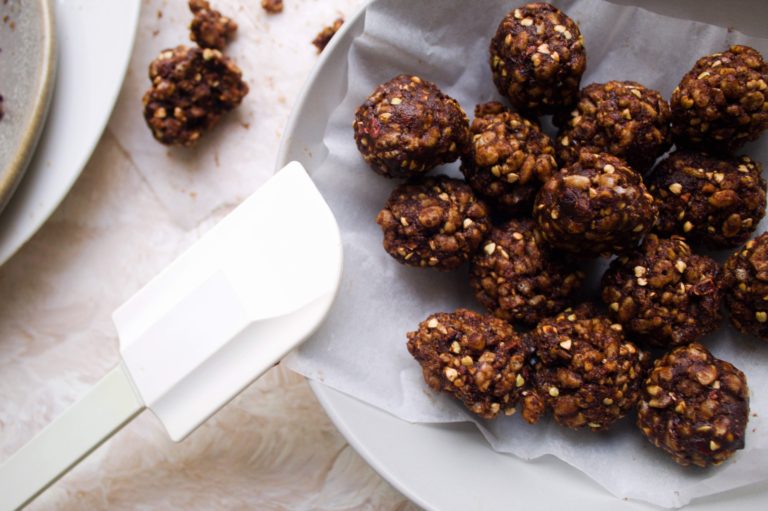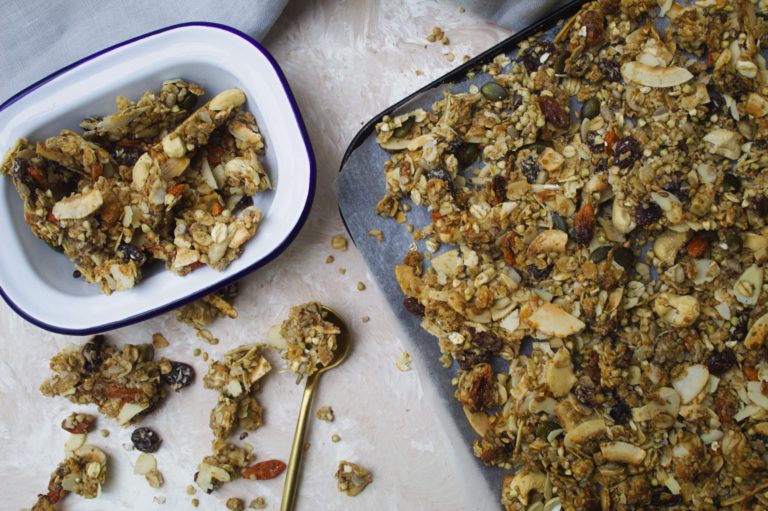Couscous has always been a weird one for me. I always remember loving the pre-made packs of chargrilled Moroccan couscous from the supermarket, yet plain homemade couscous just didn’t appeal to me. So, it’s never something I’ve experimented much with at my time at uni. A couple of years ago though, I was introduced to this recipe which completely changed my perspective on this staple African grain.
Most of us think of couscous as the tiny speck-like balls (Moroccan couscous). There are actually three types of couscous – Moroccan, Israeli (pearl), and Lebanese, which is the largest. The first time I was served “giant” (Lebanese) couscous at a restaurant was an experience, let’s just say that.
I’ve also come to appreciate how versatile couscous is – it works with a lot of flavours and can be used in tons of different dishes, from hot stews to light salads. Plus, it’s extremely easy to prepare – it was only when I discovered this recipe that it doesn’t even require cooking. This might have been common knowledge, but to me – mind-blowing.
Last but not least, couscous is also a great source of selenium, providing 60% of the recommended daily intake in just 1 cup (157g). Selenium is an essential nutrient as it isn’t produced in the body. It’s required for healthy functioning, for example of the thyroid, which keeps our metabolism in check. It also helps contribute to a healthy immune system, acting as a powerful antioxidant. The antioxidant properties of selenium may also contribute toward a reduced risk of heart disease.
1 cup of couscous contains 176kcal, which is less than the same quantity of rice or quinoa (205 and 254kcal respectively), 6g protein (higher than most similar grains), and is naturally very low in fat. Couscous, although technically a type of pasta itself, is therefore considered a more nutrient-dense alternative to the typical pasta we all know and love.
So, yeah couscous is great, but I’m fully aware that I sound like a walking advertisement for couscous right now, so let’s just move onto the recipe shall we?
This dish is best-served cold – or well, room temperature, but can be eaten alongside hot dishes, such as Moroccan stews or casseroles, or as part of a salad. Either way – It’s. So. Delicious.
It should keep in the fridge for around 3 days and is also suitable for freezing.
I hope you give this recipe a go and enjoy it as much as I do. Any serving suggestions, I would LOVE to know!
Mint & Pomegranate Couscous
4
servings20
minutes290
kcalThis sweet, citrusy couscous recipe is incredibly simple to make and works well as a main for a light lunch, part of a salad, or as a side with hot Moroccan inspired stews or casseroles. Couscous is a fantastic addition to a meal, contributing a low-fat, higher protein carbohydrate source. It is also high in selenium, magnesium, zinc, B vitamins and insoluble fibre.
Ingredients
200g couscous (dry weight)
Handful coriander*
Handful mint*
150g pomegranate seeds (can bash out from a whole pomegranate or just buy pack of seeds)
- For the dressing
Juice of 1 orange
2 tbsp white wine vinegar
2 tbsp olive oil
Directions
- Start by preparing the couscous. To do this, place the couscous in a bowl of 200ml boiling water. Cover with a plate or cling film and leave to soak for about 5 minutes until all the water is absorbed.
- Meanwhile, finely chop the herbs. I find it best to remove the mint leaves from the stem, whereas coriander stems are fine left on.
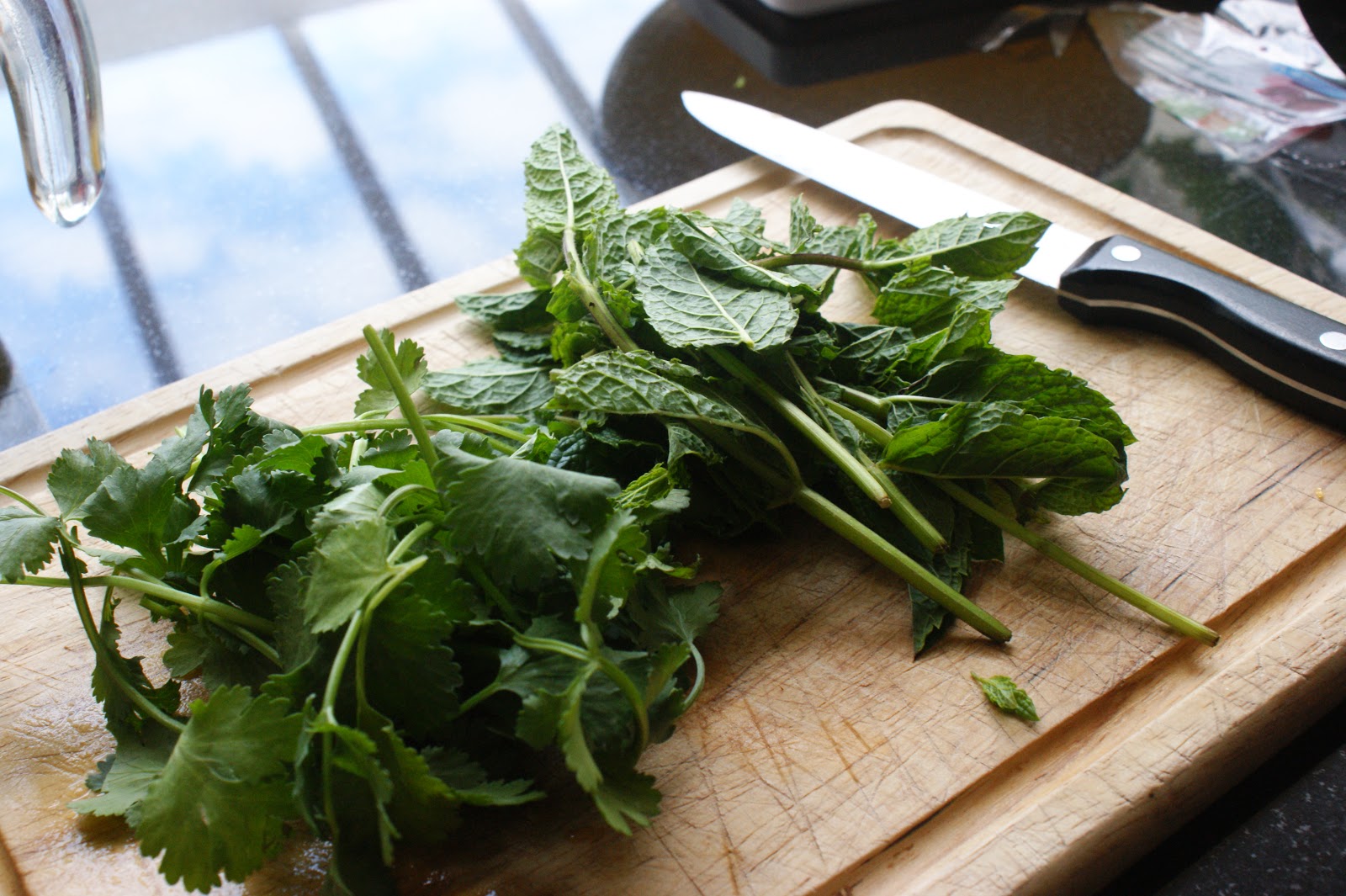
- If using a fresh pomegranate, slice it in half. I find it easier to get the seeds out by first squeezing each half to break up the white pulp, while holding it over a bowl to catch any seeds or juice. Then simply scoop out the seeds (avoiding the white pulp, which is quite bitter), or bash the back of the pomegranate half with a wooden spoon until all the seeds have been removed.
- Once your cous cous has soaked, fluff with a fork. Then, add the chopped herbs and pomegranate seeds.
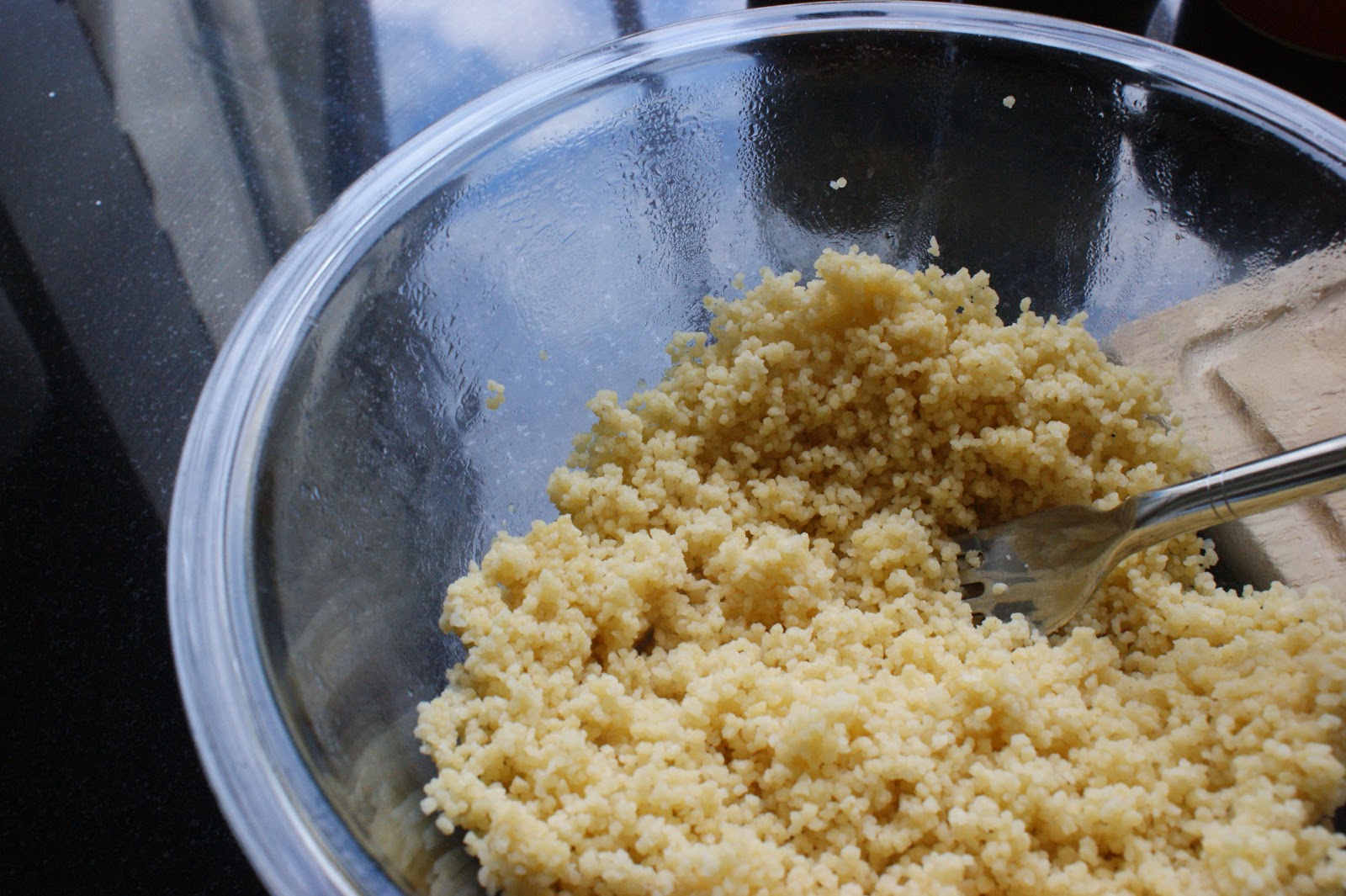
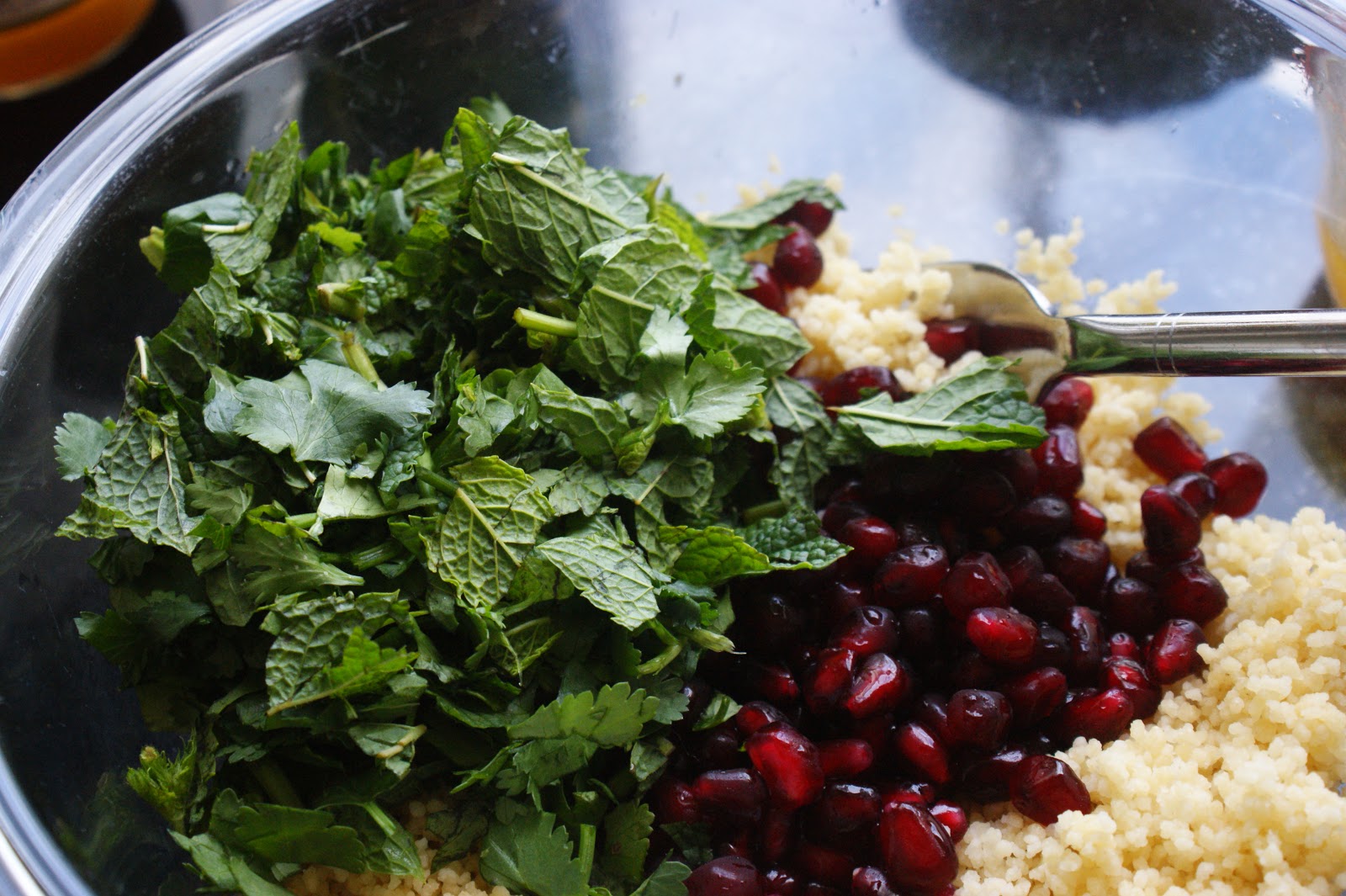
- For the dressing, simply juice the orange, and combine with the vinegar and olive oil. Pour over the couscous just before serving.

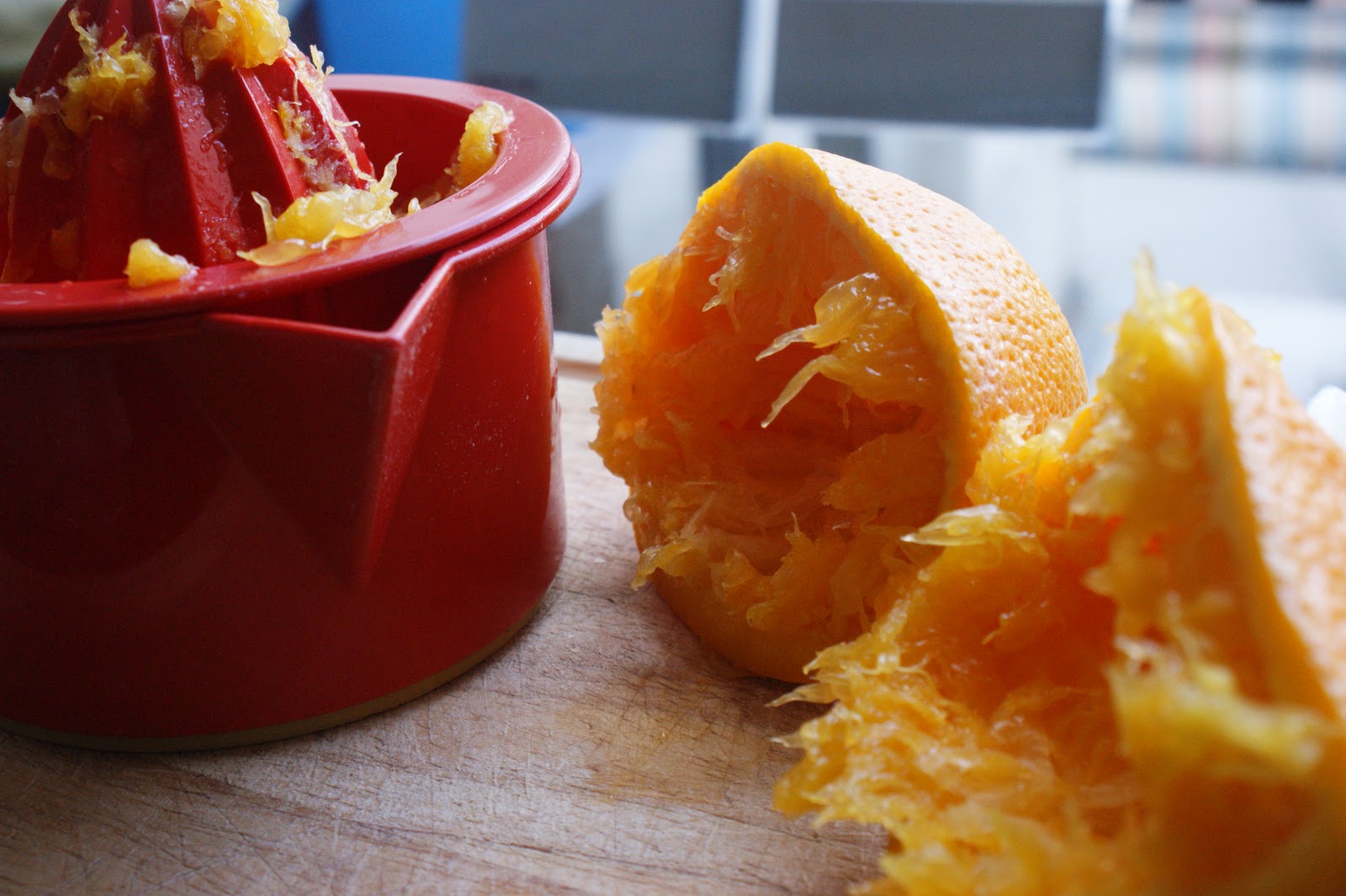
Additional Notes
- *can substitute these for any herbs you prefer
- This dish is best-served cold – or well, room temperature.
- This recipe should keep in the fridge for around 3 days. Suitable for freezing for approx. 1 month.

